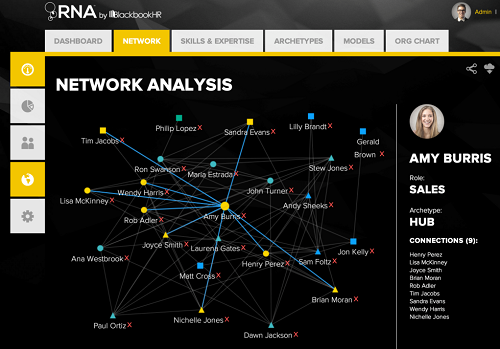In Episode 4 of The HR Famous Podcast, long-time HR leaders (and friends) Jessica Lee, Kris Dunn, and I get together to dip into uncomfortable territory by talking about microaggressions – what are they, how they manifest themselves and what HR leaders can do to make awareness of microaggressions part of their broader D&I stack.
Listen below and be sure to subscribe, rate and review (iTunes) and follow (Spotify)!!! Listen on iTunes, Spotify and Google Play.
Microaggressions can be defined as brief and commonplace daily verbal or environmental indignities, whether intentional or unintentional, that communicate hostile, derogatory, or negative prejudicial slights and insults toward any group, particularly culturally marginalized groups.
There’s less laughter in this one – but more real talk. Tough topic, but if you’re an HR leader or HR pro, 100% worth your time to raise your awareness and lead your organization accordingly.
Show Highlights:
3:10 – KD intros the topic of microaggression, tells the gang why it’s on his mind and gets sidetracked automatically because JLee and Tim don’t donate at least annually to Wikipedia.
6:20 – KD finally gets the definition of microaggression out using Wikipedia as his primary source. Turns out the concept has been around since 1970.
7:40 – JLee and Tim react to the concept of microaggression as individuals and HR pros. JLee talks about being from Cali, but people persisting in asking where she’s from. Tim talks about the fact that people seek connection by asking others where they are from in metro/urban environments and may be unaware of the connection to microaggression, as well as the fact they might be offending someone.
11:25 – KD leads the gang through the game, “Is it a microaggression? JLee gives great thoughts about low awareness of those providing the microaggression and why the subject of a microaggression should think about giving feedback to the provider.
Covered in this game:
–Where are you really from?
–Asking where are you from to white people with accents.
–Gender references (Sir, Ma’am) and being wrong.
–You don’t speak Spanish?
–No, you’re white!
–Hey Guys!
22:00 – The gang talks about the impact of microaggressions in the workplace, and how HR leaders should start the conversation in their companies, etc. Linkage to bias training and starting to raise awareness as well as training to lay down a form of behavioral muscle memory across employees is discussed. Framing awareness training as civility rather than the foreboding term microaggression is also discussed.
25:20 – Tim talks about the need to train and coach people to accept feedback (someone telling them they’re using a microaggression) in a graceful way rather than feeling attacked or defensive.
28:00 – KD talks about introducing the topic of microaggressions at your next training session/meeting by conducting a simple quiz like the one performed on the podcast to get people talking. Get ready! Tim talks about the fact that many people would say that doesn’t actually happen, and a better path might be to have people who have experienced microaggressions talk about their experiences.
29:40 – KD points out that the quiz they did didn’t include the nuclear bomb of all microaggressions – “You’re so articulate”.
30:45 – “OK, Boomer!” Tim drops the fact that when it comes to bias, ageism is an under-discussed topic, including microaggressions towards older workers. KD talks about JLee referencing the fact that he looks older while she looks the same.
31:57 – KD talks about the fact that he routinely calls JLee a Tiger Mom and asks her if she’s considered that a microaggression in the past. JLee provides positive feedback but notes that others that hear it might consider it a microaggression even if she doesn’t.
Resources:

